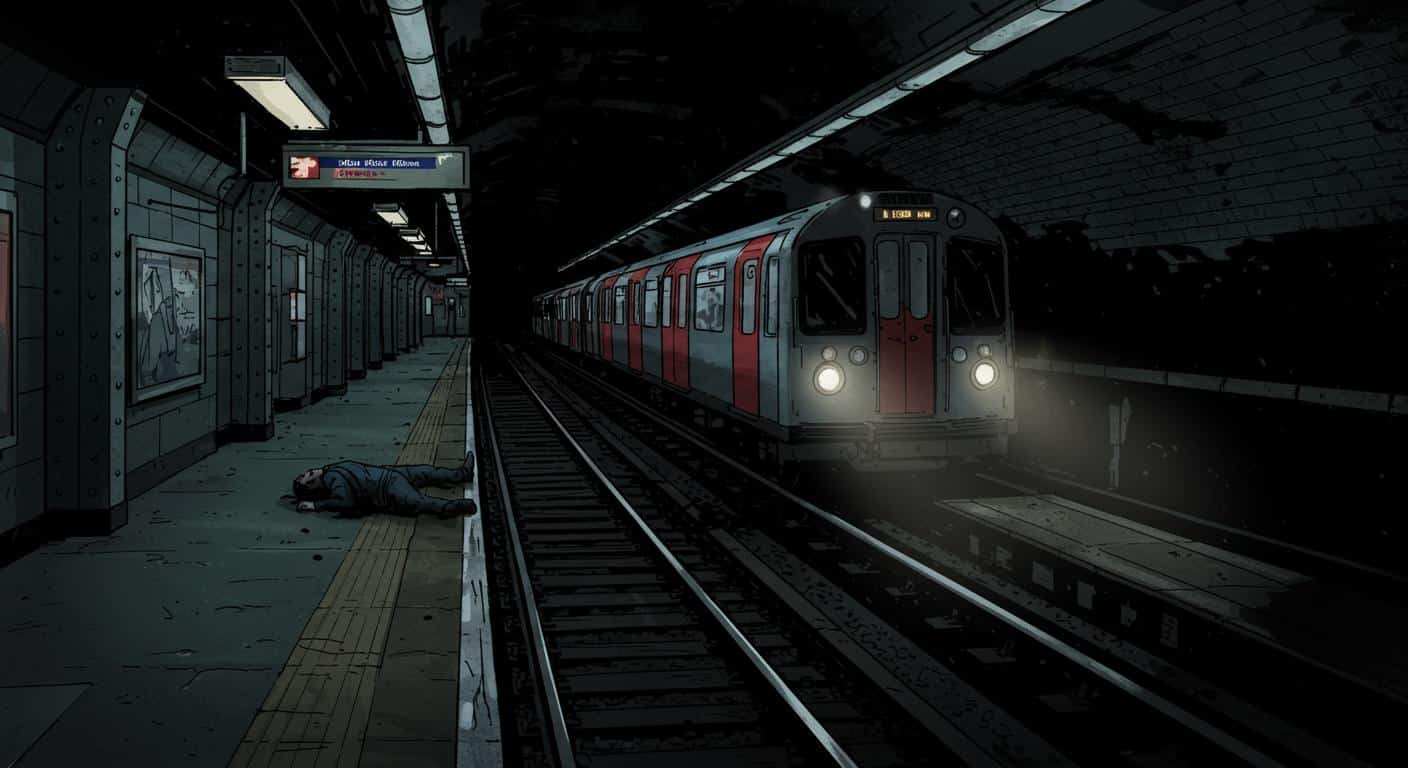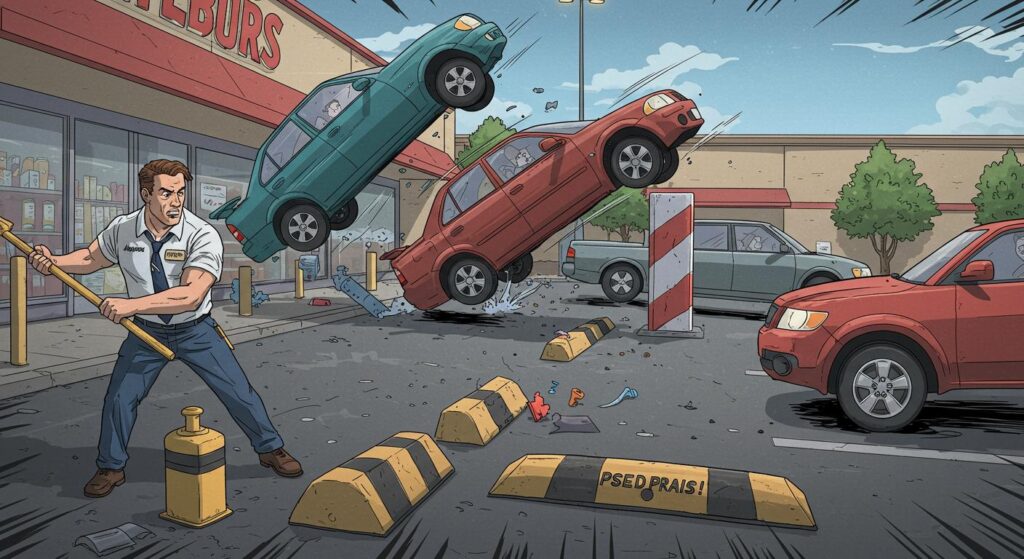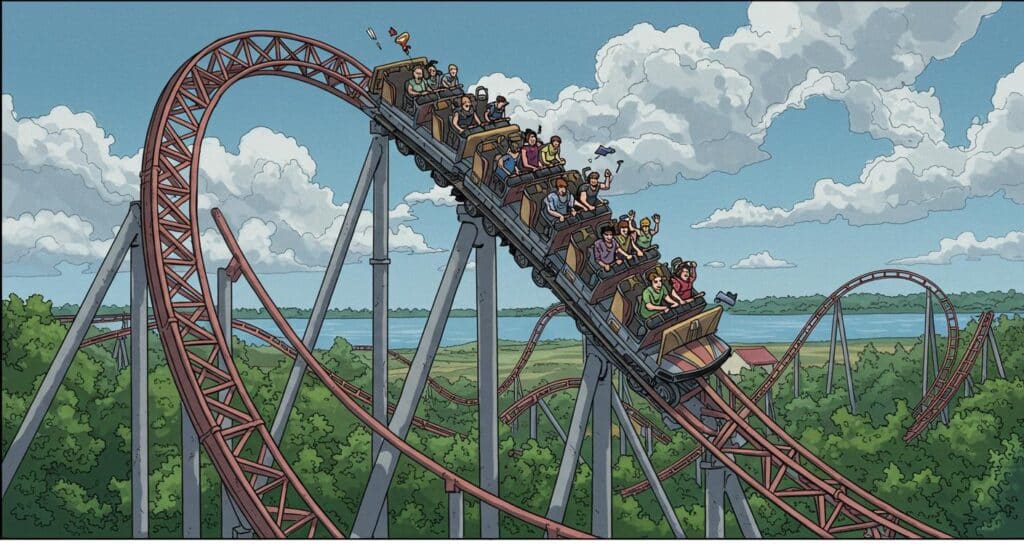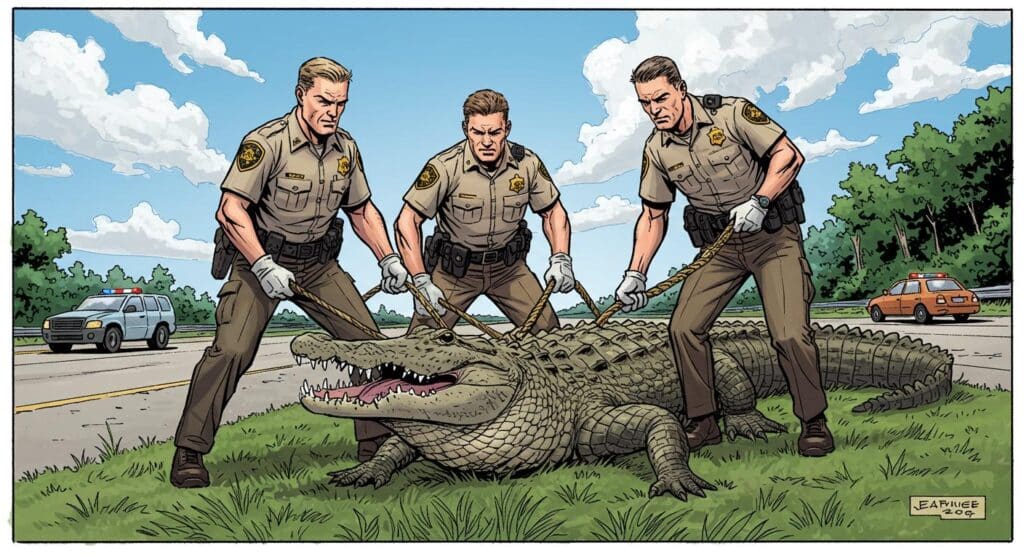Few stories manage to fold dark irony and preventable tragedy into a single timeline quite like the recent incident at a North London Underground station. Every so often, life arranges events with a sense of cruel, almost theatrical coincidence—and as described in MyLondon, the death of Robert English, a 32-year-old man run over by the very train sent out in search of him, reads like a cautionary tale penned by the universe itself.
Into the Darkness—and Out of Step
According to details laid out at the inquest and reported by MyLondon, the events began when two police officers, noticing that Robert English seemed unwell, followed him into Colindale station one night last May. What happened next was a tangle of confusion and missed signals: English fled the platform and entered the track area, forcing the officers and station staff to respond in real time—sometimes more on instinct and assumption than airtight protocol.
The senior coroner for north London, Andrew Walker, observed in findings cited by MyLondon that English “may have been confused by the actions of the police” before heading down the rails. Station staff requested the power between Hendon Central and Burnt Oak be shut off as a safety precaution. So far, so prudent.
But it quickly became apparent that, when multiple people share fragmented intel in a crisis, clarity is often the first casualty. In the coroner’s prevention of future deaths report referenced by MyLondon, officers noted that while they watched English attempt to climb a fence, they couldn’t be certain whether he actually left the tracks. Members of the public gave police the impression English had wandered into a nearby park, potentially adding weight to the assumption that the danger had, quite literally, left the station.
Assumption as Standard Operating Procedure
As recounted in the inquest findings and highlighted by MyLondon, the sequence that followed could serve as a case study in the hazards of presumption. Believing English was “nowhere to be seen,” and that police said he’d left the railway, the service manager requested the station manager contact the controller to switch the power back on. At no point, according to the same report, were all relevant parties clearly notified that power would be restored—a step required by the rail rule book before re-energizing tracks.
This was more than a minor omission: the coroner’s report, as relayed in MyLondon, underscored that if this communication protocol had been followed, police and British Transport Police could have clarified that English was still unaccounted for, and a thorough search might have safely located him.
The Search Train That Made Things Worse
What followed, laid out in the same coverage, veers from misfortune to Kafkaesque: a train was dispatched down the now-live rails for a “search”—though, as the coroner explicitly stated, it was “not adequately equipped to conduct such a search in darkness and this response was inadequate.” English, who had been walking 400–600 meters down the line, was electrocuted when the power was re-engaged and then run over by the search train itself. In what should have been a rescue, system errors conspired to turn a safeguard into a fatal hazard.
One detail in the coroner’s findings, as quoted in MyLondon, crystallizes the strangeness: “The provision to protect a trespasser at night are the same as those during the day… The ability to locate a person close to or on the railway lines at night is made more difficult by the absence of suitable lights on the track or the train. In this case Mr English was not seen and run over by the train that has been asked to look for a person on the line.” Is it really possible, in a city famed for 24-hour hustle, that the Underground’s approach to nighttime safety remains virtually identical to broad daylight?
Systemic Blind Spots, Seen in Hindsight
An inquest conclusion, as summarized by MyLondon, paints the result in unflinching terms: Robert English’s death was “a consequence of a failure to follow the proper process to recover a person from a stretch of railway.” Walker flagged the lack of suitable lighting around the track as another significant risk, making it “more difficult” to locate anyone on or near the rails after dark.
The reactions from the entities involved—Transport for London, the Department for Transport, the Rail Safety Board—fall into a familiar cadence. Each, according to MyLondon, extended condolences and referenced formal investigations, reviews, and a commitment to considering the coroner’s recommendations. Efficient, solemn, and, in their own way, punctuated by the implication that lessons will be learned.
In the Shadows of Policy and Assumption
The tragedy here isn’t animated by sensational villains or astonishing incompetence. Instead, what surfaces is a quieter, systemic irony: people followed procedure—but when assumptions slipped in, the machinery of recovery turned into a mechanism of harm. “It is likely that had this step been followed the power supply would not have been switched on and a proper search… is likely to have found Mr English and returned him safely to the station,” Walker pointedly concluded in the documentation relayed by MyLondon.
One is left pondering the real nature of darkness in this story. Is it simply a matter of installing more lights along the track, as the coroner recommended? Or does it run deeper—lighting up, for all involved, the blind spots where protocol ends and real-world uncertainty begins? In the end, as the circumstances of Robert English’s death so sadly demonstrate, it’s what we don’t see, don’t confirm, or assume to be true in the absence of evidence that can turn a search party into an unintentional tragedy.
How often, in the operation of vast and complex systems, do we realize only afterward just how far the shadows truly reach?







